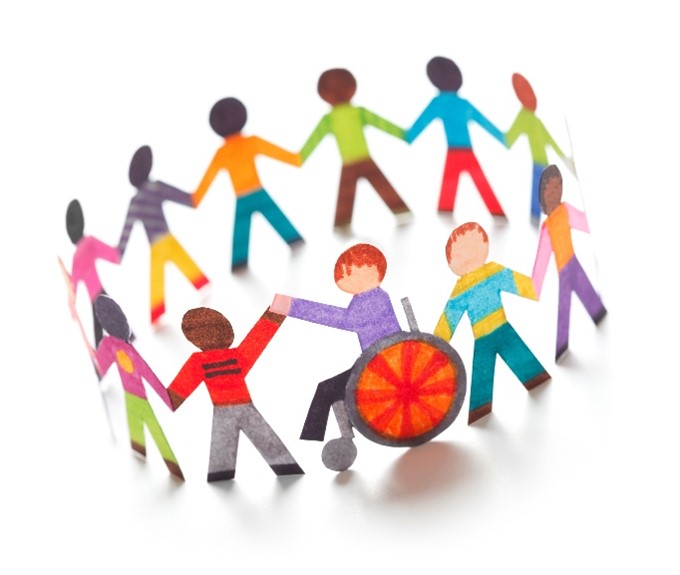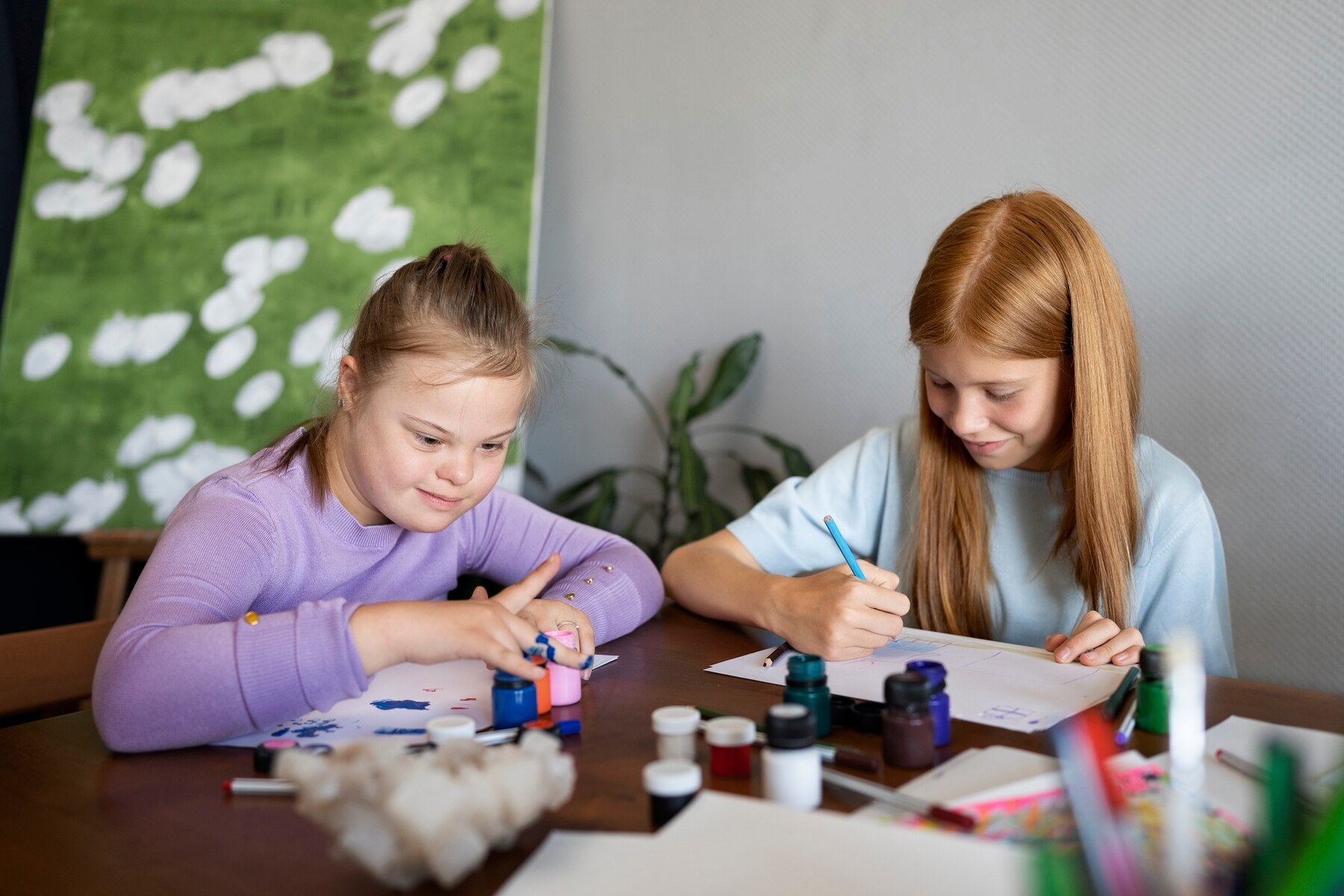Diversity in & Repair
Contemporary education systems are characterized by increasing diversity in student populations, including students with disabilities, learning differences, and diverse cultural backgrounds.
Special education is extremely important in addressing the unique individual requirements of students with different needs. It ensures that everyone receives a quality education and is provided with equal resources to learn (Slee, 2011).



